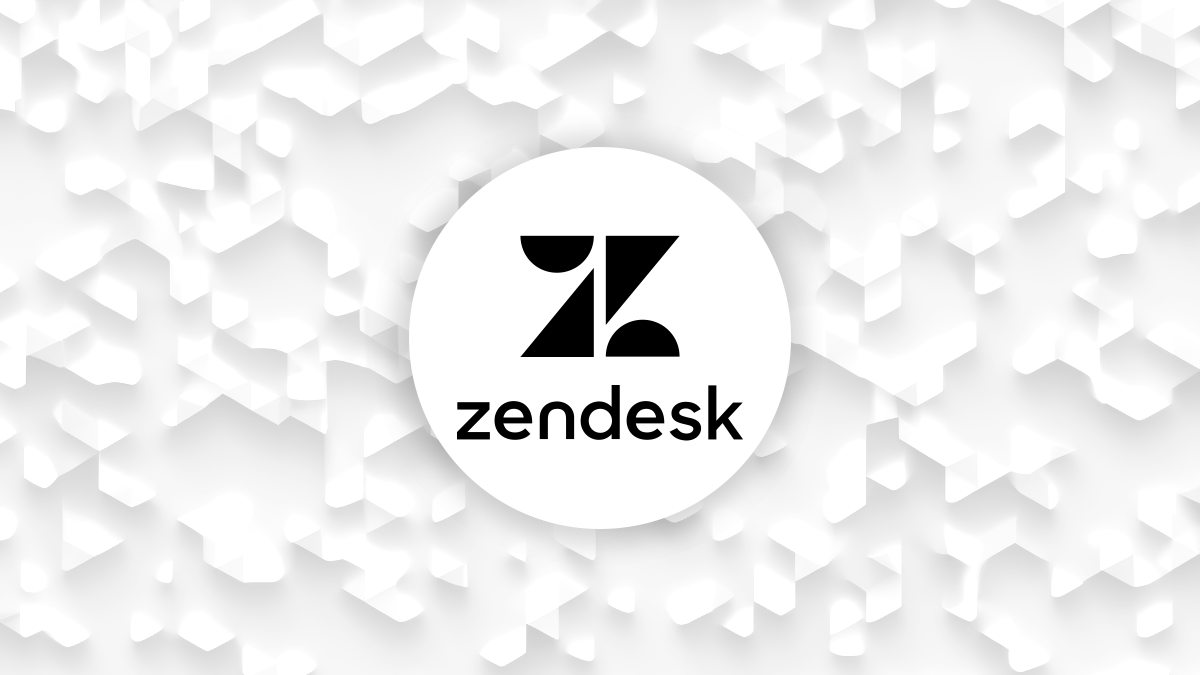Zendesk has introduced their market-leading AI Dynamic Pricing Plan, a flexible pricing and usage approach designed to make AI in service more accessible and adaptable for businesses. This allows companies to adjust their investment between human agents and AI agents, providing the flexibility needed to be responsive as customer needs, business goals and market demands evolve.
“In just a few years, there will be a massive shift in the amount of service that is automated – we predict 100% of interactions will involve AI. With this in mind, we want to give our customers the freedom and flexibility to adopt AI and automation at a pace that best suits their business needs,” said Tom Eggemeier, CEO of Zendesk. “The AI Dynamic Pricing Plan allows our customers to adjust as they learn and refine their approach to service without being constrained to one setup.”
Zendesk’s model–the first of its kind in the market–offers companies flexibility in adopting AI for customer service by allowing them to adapt and scale their approach over time. Unlike traditional setups that can restrict adaptability, Zendesk lets businesses use human agents or AI agents, or a combination of both, and shift investments as needs evolve. This approach enables CX leaders to tailor their AI adoption based on current and future requirements of the business.
“The advent of AI and automation has transformed the traditional pricing model, as companies embrace outcome-based pricing that shows a direct link between AI and ROI,” said Keith Dawson, Director of Research, Customer Experience, ISG Software Research. “However, as businesses adopt AI, they want to be able to adjust without the potential risk of extra costs or complex commitments. Zendesk’s pricing model aligns with the market trend of companies seeking a way to explore AI and automation with the added flexibility.”
Following the successful launch of Outcome-Based Pricing, in which businesses pay only for the real results delivered by AI agents, the AI Dynamic Pricing Plan offers a flexible allocation approach. It allows companies to optimise their spending across different pricing models—such as outcome-based and seat-based pricing—ensuring they see a strong return on their AI investments.











